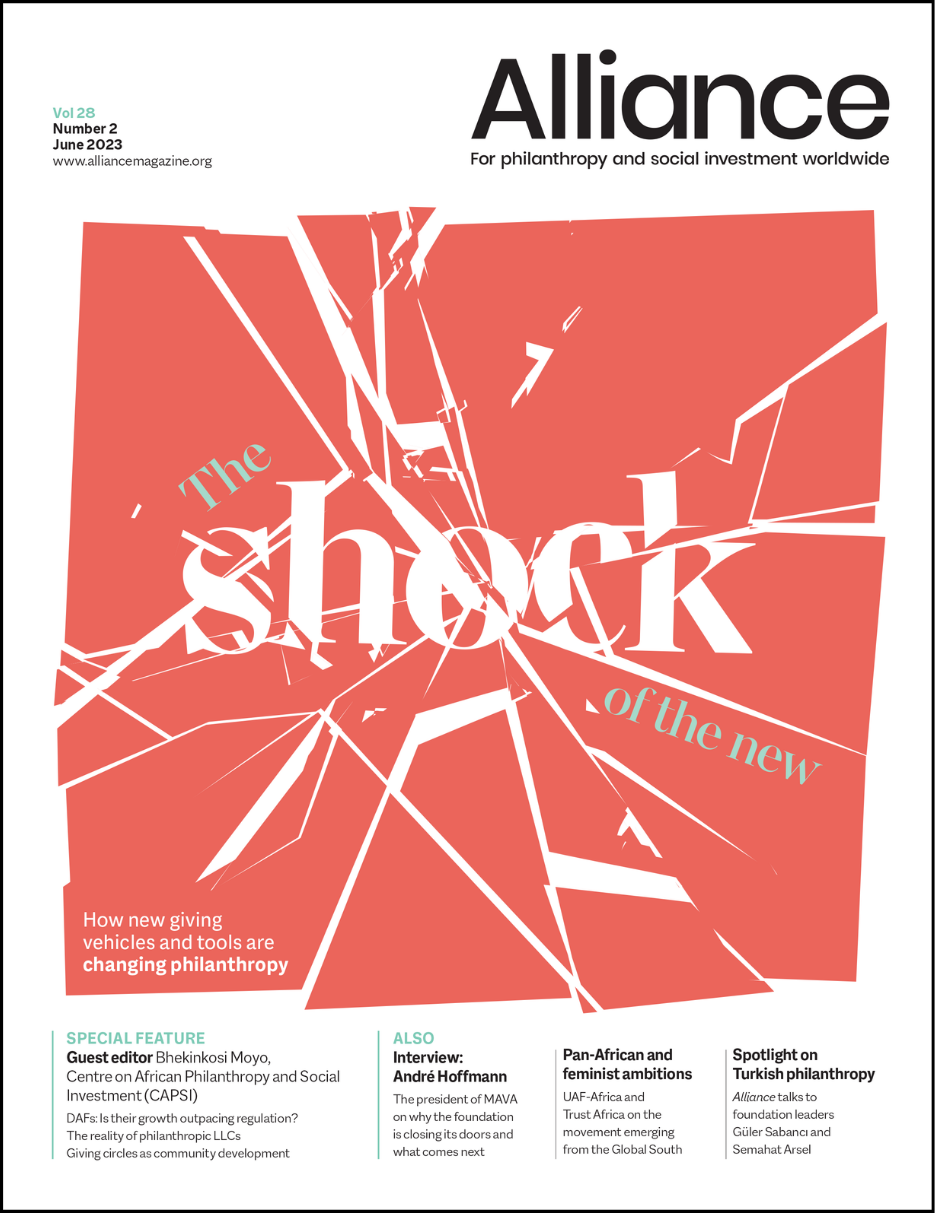Donors are taking to donor advised funds (DAFs) in unprecedented numbers – but the picture in the US suggests this might not be such good news for charities as it seems
Donor advised funds are the fastest growing vehicle for charitable giving. While this astronomic growth has been a boon to DAF sponsors and the financial services industry, the failure to regulate DAFs starves charities of much-needed charitable resources and wastes taxpayer dollars.
Charities play a critically important role in the modern world: whether it is for education, healthcare, the arts, or providing food and shelter and other basic services to those most in need, we look to charities to do the job. To encourage the flow of money to charities, it is increasingly common for governments to provide tax benefits for donors. The US and the UK provide multiple tax incentives for charitable giving, allowing donors to save income taxes, capital gains taxes and inheritance/estate and gift taxes. In the US, the combined effect of a well-planned gift can save the donor – and can cost the federal government – as much as 74 per cent of the value of the donation. What this means in real terms is that a $10 million charitable donation in the US may cost the donor as little as $2.6 million, while costing the federal government $7.4 million in foregone tax revenue, revenue which could otherwise be available to provide government programmes in support of the needy.
The failure to regulate DAFs starves charities of much-needed charitable resources and wastes taxpayer dollars.
Subscribe now from only £45 a year!
This article is only available for our subscribers
Existing users can login here


